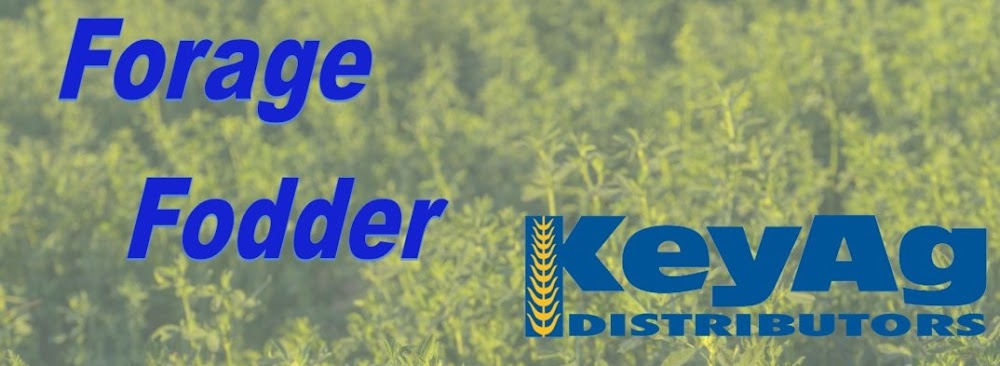Colorado—In the Sept. 24 report, compared to last week, trade activity and demand moderate for feedlot and dairy hay. Trade activity moderate on good demand for stable and farm/ranch quality hay. Northeast Colorado trade activity and demand moderate. Southeast Colorado trade activity moderate on good demand. Trade activity light on moderate demand in the San Luis Valley. Trade activity light on good demand in southwest Colorado for stable quality hay. Trade activity in the mountains and northwest Colorado areas mostly on previously contracted hay.
Kansas—In the Sept. 29 report, the hay market trade was slow and prices remained steady for all hay types in all regions. Hay movement increased slightly over the past week but remains sluggish. Haying and harvest continue to keep farmers busy. Drought conditions continue to plague western Kansas and the 10-day forecast does not look favorable.
Missouri—In the Sept. 24 report, hay movement continues to be limited, demand is light, supplies are heavy and prices are steady to firm. The official arrival of fall came this week. Drought areas in the southwest continue to worsen each week at a time when normally grass is growing and producers are stockpiling pasture for post frost grazing.
Montana—In the Sept. 25 report, compared to last week, hay sold steady to firm. Hay movement was moderate over this past week. Demand remains moderate to good.
Nebraska—Compared to last week alfalfa, grass hay in the central part of the state sold steady. Cane hay sold steady to $5 higher. Good large squares of alfalfa sold steady to $5 higher in the western side of the state. Ground and delivered and dehydrated pellets sold steady. Demand improved this week. Many contacts state the phone have been busy and callers bought some hay. Some hay staying in the local market where it is produced but most is going to out of state buyers. Buyers from the “front range” in Colorado have been very aggressive in procuring Nebraska hay for winter feeding needs.
New Mexico—In the Sept. 25 report, compared to last week, alfalfa hay prices were steady. Trade slow to moderate , demand light to moderate. The southern region are on their sixth cutting. The eastern and southeastern regions are also on the sixth cutting. North central region are finishing their fourth cutting. Temperatures are cool to moderate . Dry conditions reported across the state..
Oklahoma—In the Sept. 17 report, compared to two weeks ago, hay trade remains slow on limited offerings due to recent heavy rains and cooler than average temperatures has producers preparing for a second cutting of bermuda grass later this fall. Demand mostly light. Alfalfa trade also has been slow because many dairies have introduced alternative feed stuffs. Stock cow producers are hoping the cooler and wetter weather will extend grazing into the fall leaving less need to start stock piling hay.
South Dakota—Compared to last week, alfalfa and grass hay steady. Moderate demand currently for all types of hay. Dairies are starting to show some resistance to the price of alfalfa, which is resulting in few trades currently. Feedlots that buy grass hay to start calves on feed haven’t really entered the market yet which is keeping the grass hay market rather slow. Dry, drought conditions remain which has allowed some very high quality hay to be made yet, especially on fourth cutting alfalfa.
Texas—In the Sept. 18 report, compared to the last report, hay trades were mostly steady to firm on moderate demand and trading activity. Hay quality has been reported as mostly good to supreme in most regions, with very little poorer grinding type hay available. Due to limited sales and price changes this report will be released bi-weekly until more volumes of hay is moving. The next report release will be Oct. 2.
Wyoming—In the Sept. 24 report, compared to last week hay and sun-cured alfalfa pellets sold steady. Demand was good. Majority of the hay is staying within the state and most is staying with in the local trade area it’s produced. Some contacts have started 4th cutting with others on 3rd cutting of alfalfa. Combining of edible beans and soybeans the last few days with some silage across different parts of the state. Dry weather pattern continues with some water allotments getting shut off the end of the week or next.


No comments:
Post a Comment